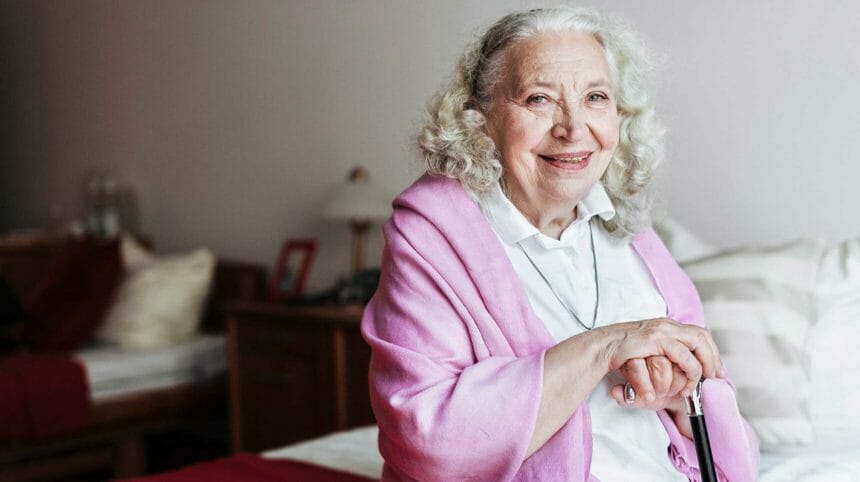
After reaching dramatic lows during the pandemic, demand patterns for skilled nursing have reversed over the past year, according to the National Investment Center for Seniors Housing & Care.
From the first quarter of 2020 to the first quarter of 2021, demand, as measured by occupied stock or the change in net absorption, fell by about 62,000 beds on a net basis for freestanding skilled nursing properties for the 31 NIC MAP primary markets aggregate. That’s according to NIC Senior Data Analyst Omar Zahraoui in a new blog.
“This was equivalent to 15% of the pre-pandemic (1Q 2020) occupied bed stock. Net absorption rates averaged about negative 4% on a quarterly basis over this four-quarter period,” he explained.
Beginning in the first quarter of 2021 through first quarter 2022, he said, demand patterns reversed course. The net absorption rate averaged 1.1% on a quarter-to-quarter basis, which is equivalent to more than 15,350 beds absorbed on a net basis over this four-quarter period. Skilled nursing occupancy reached its highest level since April 2020 in February, according to NIC MAP data prepared and released by NIC MAP Vision.
“While this was a very welcome positive trend and does indicate light on the horizon, the sector continues to face concerning financial challenges unfortunately for a number of reasons,” Zahraoui wrote.
He noted that occupancy loss for skilled nursing in the primary markets during the first year of the pandemic was mainly a function of a demand contraction. Occupancy loss for the private pay senior housing sector over the same period, however, was a function of both an increase in supply and a decrease in demand.
Occupancy for private-pay senior housing properties for the primary parkets fell by 9.2 percentage points from from the first quarter of 2020 to to the first quarter of 2021, which was 3.6 percentage points less than the skilled nursing sector.
Although improving, occupancy rates remain low. In addition, skilled nursing is challenged by Medicare funding cuts and underfunding of Medicaid reimbursement in many states, incrementally higher expenses, and staggering staffing shortages that are restricting admissions of residents into some skilled nursing properties, Zahraoui said.
“While the uncertainty bands remain wide in terms of when occupancy rates for skilled nursing properties will return to pre-pandemic levels, a key question is whether obtaining a sustainable level of occupancy and revenue growth will be sufficient to grow NOI [net operating income] and recoup the losses from the severe downturn in occupancy rates, the incrementally higher expenses, and inflationary impact associated with the pandemic,” Zahraoui wrote.




